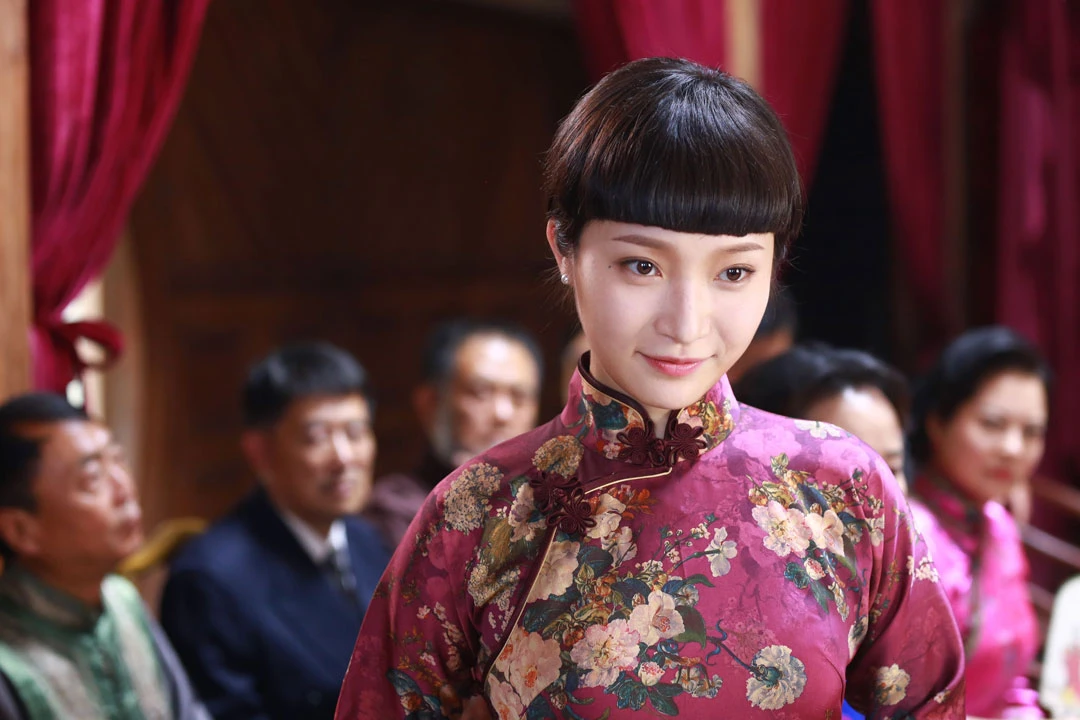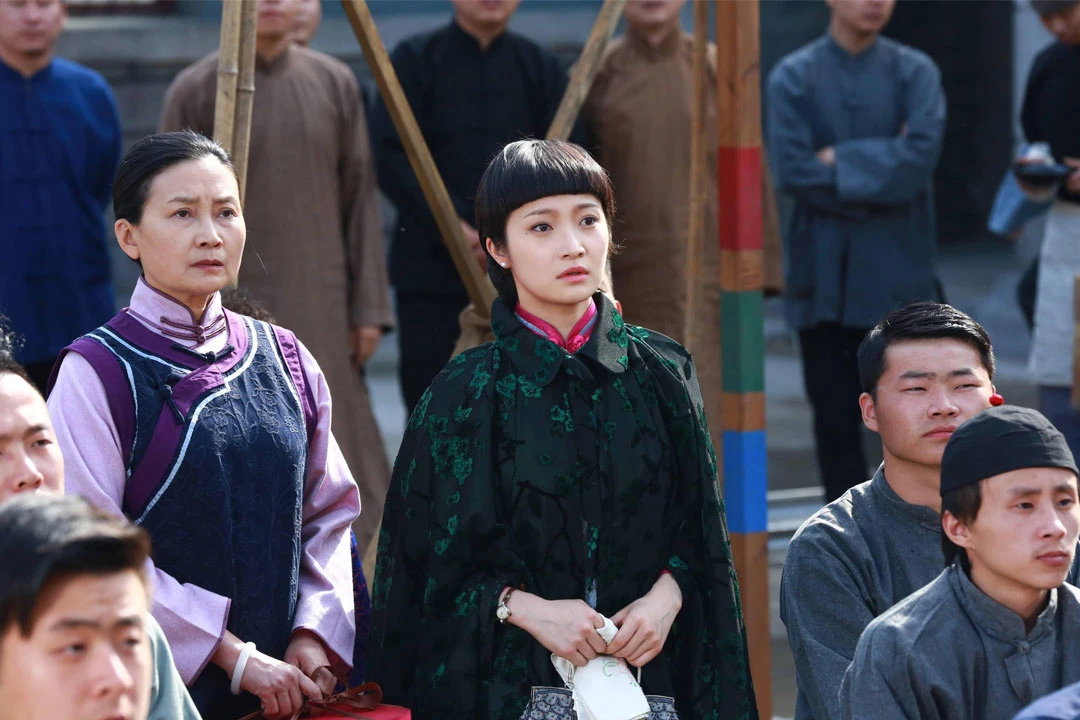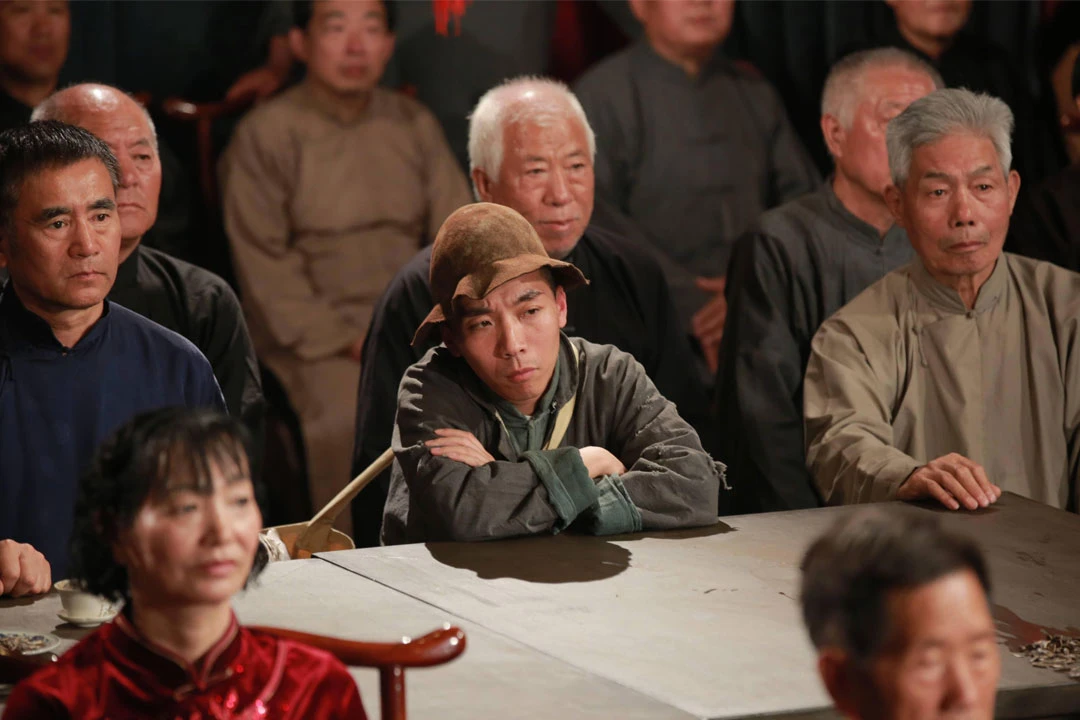The Unsung Heroes of Cultural Preservation
In the tapestry of human civilization, there are threads that run deeper than others, weaving together the fabric of cultural identity with an unbreakable resilience. These threads, often overlooked in the grand narratives of history, are the traditional art forms that have survived centuries of change, carrying with them the stories, emotions, and spirit of a people. One such art form, pulsing with the heartbeat of a nation, has emerged from the shadows of obscurity to take center stage in a compelling cinematic journey.
The art of Jingyin Dagu (京韵大鼓), a traditional Chinese performance art that originated in the late Qing Dynasty, is more than just entertainment. It is a living, breathing testament to the power of cultural expression in times of both peace and turmoil. With its thunderous drum beats and mesmerizing vocal rhythms, Jingyin Dagu has served as a vessel for transmitting historical narratives and emotional resonance across generations.
This ancient art form takes center stage in a groundbreaking film that not only celebrates its rich heritage but also illuminates its role in shaping national identity during one of China's darkest hours. The movie, "Awaiting the Next Generation to Rebuild the Nation," (重整河山待后生) produced by the Film Channel, is set to premiere on August 31st, offering viewers a rare glimpse into the life of Luo Yusheng (骆玉笙), a legendary Jingyin Dagu performer whose artistry became a powerful tool of resistance during the Japanese occupation.
Luo's journey from a six-year-old novice to a beloved cultural icon is a testament to the transformative power of dedication and passion. Her rise to fame in Tianjin at the tender age of eighteen, armed with nothing but her voice and a drumstick, captures the essence of artistic pursuit. But it is her subsequent evolution, both as an artist and a patriot, that forms the crux of this cinematic narrative.
When Art Becomes a Weapon of Resistance
The film deftly interweaves three distinct periods of Luo's life - childhood, youth, and old age - creating a tapestry of time that reflects the ebb and flow of a nation's history. Through this unique narrative structure, viewers are invited to witness not just the development of an artist, but the forging of a national spirit in the crucible of adversity.
As the story unfolds, we see how Luo's art becomes a rallying cry for a people under siege. In the face of oppression, her performances of classics like "Beating the Drum to Berate Cao" and "Manjianghong" transcend mere entertainment, becoming acts of defiance that ignite the patriotic fervor of her audiences. These moments in the film serve as powerful reminders of the role that art can play in preserving cultural identity and fostering resistance in times of national crisis.
But the film's exploration of Jingyin Dagu goes beyond its historical significance. By bringing this intangible cultural heritage to the silver screen for the first time, "Awaiting the Next Generation to Rebuild the Nation" opens up a dialogue about the importance of preserving traditional art forms in the modern world. It challenges viewers to consider how these ancient practices can remain relevant and vital in an era of rapid technological advancement and cultural homogenization.
The attention to detail in the film's production adds layers of authenticity to the storytelling. From the use of regional dialects in the dialogue to the meticulous recreation of period-specific sets and costumes, every element is carefully crafted to immerse the audience in Luo's world. The cinematography, with its nuanced control of light and color, further enhances this sense of temporal and emotional journey, allowing the camera to become a silent narrator of Luo's inner experiences.
Perhaps most striking is the film's use of music, particularly the traditional drum rhythms that are the heartbeat of Jingyin Dagu. These are not mere background elements but central characters in their own right, driving the narrative forward and providing a visceral connection to the emotional landscape of the story. The inclusion of the iconic song "Awaiting the Next Generation to Rebuild the Nation," which became a national sensation in 1985, serves as a poignant reminder of how art can bridge generational divides and continue to inspire long after its creation.
As we watch Luo's life unfold on screen, we are confronted with broader questions about the nature of patriotism, the role of artists in society, and the power of cultural traditions to shape national identity. Her story becomes a lens through which we can examine our own relationship with our cultural heritage and the responsibilities we bear in preserving and evolving these traditions for future generations.
Bridging Generations Through Rhythmic Storytelling
In an age where globalization threatens to erode local cultures, films like "Awaiting the Next Generation to Rebuild the Nation" serve a crucial purpose. They remind us that our cultural practices are not static relics of the past but living, breathing entities that continue to shape our collective identity. They challenge us to look beyond the surface of traditional art forms and recognize their potential as vehicles for social commentary, historical preservation, and national unity.
As the curtain rises on this cinematic exploration of Jingyin Dagu, viewers are invited to embark on a journey that transcends time and space. It is a journey that celebrates the resilience of the human spirit, the power of artistic expression, and the enduring legacy of cultural traditions. In Luo Yusheng's story, we find echoes of our own struggles and triumphs, reminding us that the threads of history are woven not just by grand figures and momentous events, but by the everyday acts of courage and creativity that define a people.
As the film's title suggests, the torch of cultural heritage is always waiting to be passed to the next generation. It is up to us to ensure that the flame continues to burn bright, illuminating the path forward while honoring the footsteps that have come before. In doing so, we not only preserve our past but also shape our future, creating a legacy that will resonate for generations to come.



